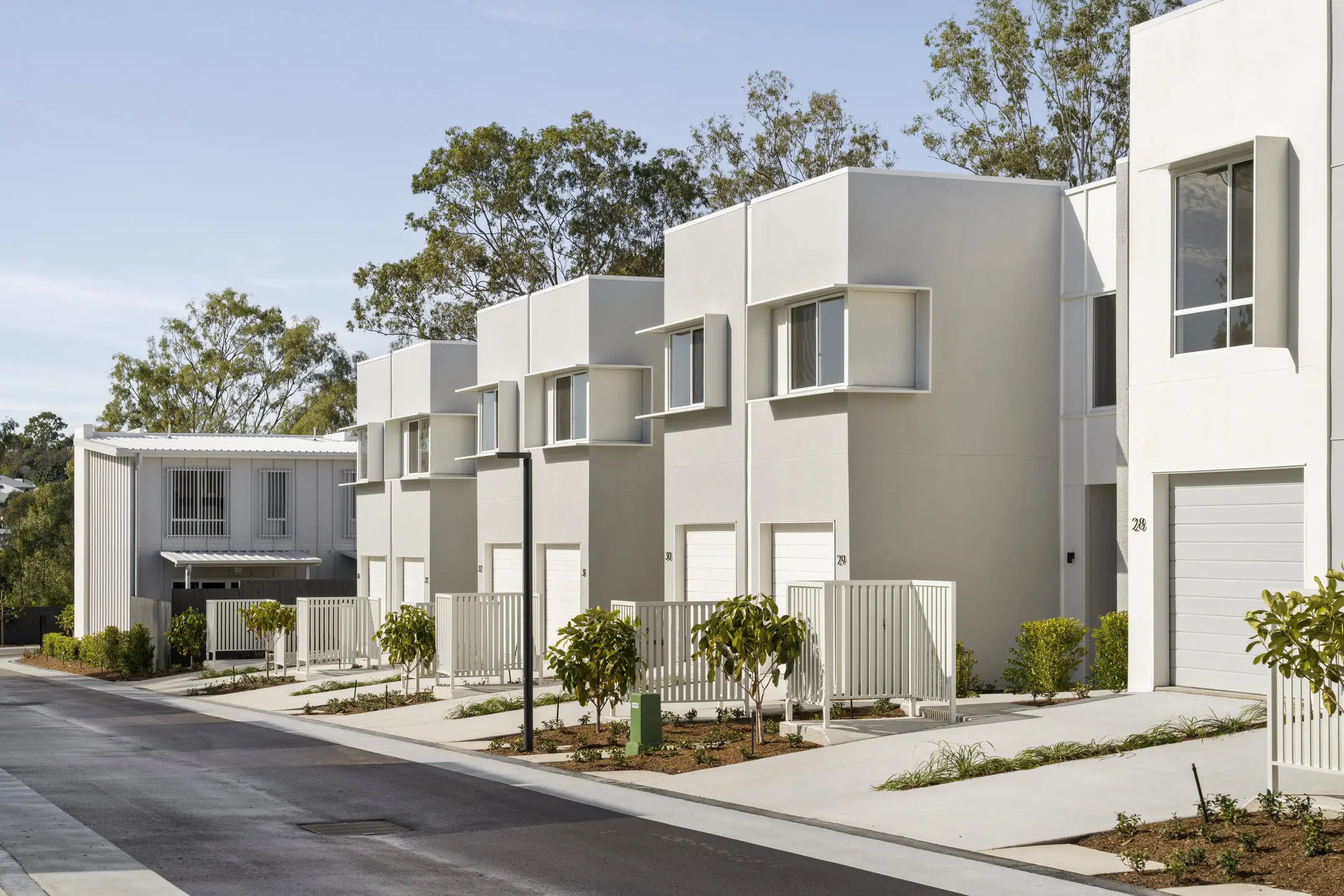
A new report by view.com.au's data partner Archistar and CoreLogic has unveiled a vast potential for over three million low-to-medium density homes or strata units, across Australia's capital cities.

This development could revolutionise urban housing supply and affordability, but what does it mean for buyers struggling to enter the market and for homeowners with established properties?
Sydney Top 20
Largest potential number of strata units with a low complexity score

The analysis found nearly 1.3 million sites nationwide suitable for strata developments, such as townhouses, duplexes, and low-rise apartments.
Many of these are strategically located within existing urban areas, often close to public transport.
Key insights include:
- Affordable options near transit: More than half (57%) of identified sites are within 2 km of a train station. Sydney leads with 66% of sites near transit hubs, while Melbourne offers the highest total potential for 1.2 million units.
- Ease of development: Around 16% of the sites are "low-complexity" blocks, meaning they are free from heritage or hazard restrictions. These are the most likely to be fast-tracked for development.
- Targeted infill development: The focus is on using underutilised urban land to deliver small-scale, low-density housing that blends with existing neighbourhoods.
Hope for priced-out buyers
For prospective homebuyers, particularly those priced out of traditional detached housing in metropolitan areas, this report signals a potential influx of more affordable housing options. Low-to-medium density developments typically offer lower entry prices than standalone homes, especially in well-connected areas close to jobs, schools, and services.
The proximity to transit could make these properties highly desirable, providing an alternative to lengthy commutes from distant suburbs.
Tom Hywood, Group General Manager and Co Founder of AD Group said: "The desire to own a centrally-located home, at the sacrifice of larger land size, is still extremely strong. Unfortunately, although the demand is there, the supply is not."
With government initiatives such as the Federal Housing Accord aiming to boost 'well-located' homes, buyers might see more targeted support for such developments in the coming years.
While increased housing supply could provide relief for priced-out buyers, resistance is mounting in affluent suburbs where proposed densification plans are being met with outrage.
Melbourne Top 20
Largest potential number of strata units with a low complexity score

In Brighton, a wealthy Melbourne bayside enclave, residents have vehemently opposed Victorian Premier Jacinta Allan's plan to rezone 50 activity centres for fast-tracked high-density apartment development.
According to 7News, furious locals heckled the premier outside a press conference last month, chanting, "Shame, Premier, shame!"
Brighton is one of several high-value neighbourhoods, including Toorak, Armadale, and Hampton, targeted in the state government's housing density push, which focuses on Melbourne's east and southeast-areas with some of the city's highest property values.
Brisbane Top 20
Largest potential number of strata units with a low complexity score

What about current homeowners?
Mr Hywood said: "While it's true that increased housing supply can moderate price growth for established homes, it also creates a more dynamic property market. Medium-density developments close to train stations not only enhance community infrastructure but also bring vibrancy to these areas, making them more attractive to a diverse range of buyers. For existing homeowners, this can mean long-term benefits as these neighborhoods evolve into thriving, well-connected hubs."
Will prices fall? Experts are divided.
While increasing housing supply typically eases price pressures, the nature of these developments (small-scale and often premium in location) may keep prices steady rather than trigger significant drops.
Perth Top 20
Largest potential number of strata units with a low complexity score

In regions where housing is already stretched, like Sydney and Melbourne, this added supply is more likely to stabilise the market than reduce prices dramatically.
Delivering this potential is not without hurdles.
Many sites in Melbourne, Brisbane, and other cities are considered "high-complexity," requiring significant time and cost to develop.
The construction industry, already grappling with labour shortages and rising costs, may need additional support to ensure projects are completed at prices that buyers can afford.
Adelaide Top 20
Largest potential number of strata units with a low complexity score

As governments push for greater densification, Australia's urban housing landscape is set for transformation.
Mr. Hywood agrees: "For buyers, the promise of more affordable, transit-accessible housing is a beacon of hope.
"For homeowners, these changes bring both opportunities and adjustments as the market adapts to new supply.
"Well-planned developments can enhance local infrastructure and community appeal, benefiting both new residents and long-term owners alike."
This article was originally published from view.com.au and appears with permission.


